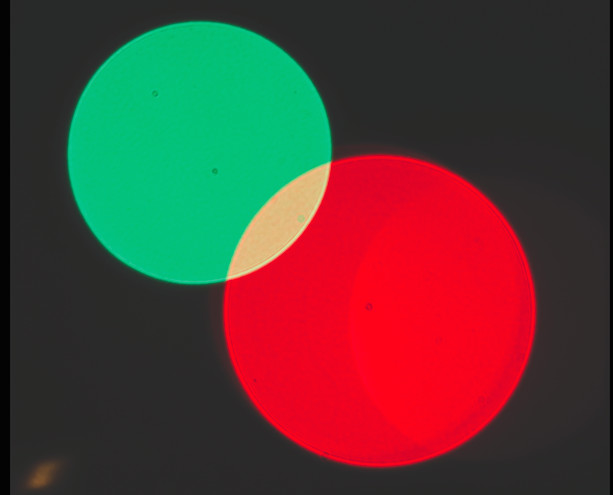
Edmund Weil looks at some ways in which brands and bars can work together to help each other make the most of their investments.
As the bar industry begins to edge gingerly out of the pandemic, my thoughts have turned again to that age-old chestnut: the relationship between bars and brands. At worst, this can be characterised by greedy bars holding their hands out for fat listing fees while offering little in return, and big brand goliaths shelling out premium for monopolies on the best menus, regardless of quality or fit. At best, these can be genuinely symbiotic relationships forged between like-minded individuals and organisations, focused on shared values and goals, working together to produce outstanding creative content and guest experiences.
After the forced hiatus of the pandemic, there’s never been a more important time to reassess this relationship, since arguably we need each other more than ever.
As a bar owner, I know first-hand how catastrophic this period has been for many on my side of the industry. Great venues have closed outright, and without access to capital, many more will be hanging on by a thread for months and maybe years to come. A number of bars, including my own, took the initiative in launching bottled cocktail delivery to keep cash coming in, but without the marketing reach, distribution and manpower of established brands, this was never going to come close to mitigating the almost total loss of income we faced over the long, drudgerous months of lockdown.
It’s harder to assess the impact on brands themselves. Wine, beer and spirits producers – unlike bars – have been able to access long-established alternative routes to market to tap into the 30% swell of demand for at-home drinking. Behemoths like Diageo appear to have weathered the storm fairly well. A 5% dip in sales and 10% dip in profits for 2020 won’t have delighted bosses, but you’d hardly call it calamitous. On the other hand, Alex Kammerling’s recent announcement that his much-loved Kamm & Sons British Aperitif brand looks to be folding as a result of the challenges posed by the pandemic shows that it can’t have been easy for small independent brands.
So where do we go from here? The much-vaunted Golden Age of bottomless brand ambassador expense accounts and overinvestment in ‘lighthouse’ accounts was coming to an end even before the
pandemic hit. Even for the most storied of bars, most sales reps had to crunch their sales volumes through ROI calculators in order to justify their investments in listings, partnerships and events. During the false dawn of last summer, when most of our brand contracts were up for renegotiation, the caution from brand reps was palpable. Upfront investment in new menus was reduced, and many of the contracts were tied to a fixed volume rather than the usual time period. While this is understandable, it did feel a little as if some companies were missing an opportunity to show a vote of confidence and support in the partners who had helped drive their growth over previous years.
No brand – especially smaller, independent ones who may themselves have struggled to survive during the pandemic – wants to throw good money after bad. On the other hand, bars have never needed a cash injection and marketing boost more than now as they gear up to reopen. Bars and brands need to find more collaborative and creative ways of working together to extract proper value out of the investment made on both sides, and look at parameters for success beyond bottles sold. A well-established bar with a loyal following of educated consumers can form a valuable plan in a brand’s marketing and engagement strategy. For example, where a bar has a large and active social media following, it makes sense that return on investment should be measured as much against the engagement of that following with a partner brand as with sales volumes. A bar specialising in whisky or rum could be paid to run engagement events and tastings and has the potential to deliver better value than an agency hired for the same purpose.
These are just two examples of ways which the way brands work with bars might evolve. There are doubtless many, many more, and as we move into a brave but uncertain post-pandemic world the onus should be on all of us to harness the value in our concepts and the creativity within our teams into something that the brands we work with see as worthy of investment. Likewise, brands should look at bars reopening as an opportunity to reconnect with a public that has been starved of human connection, revelry and bonhomie.
If we can come together on that common ground, we can all be winners.


